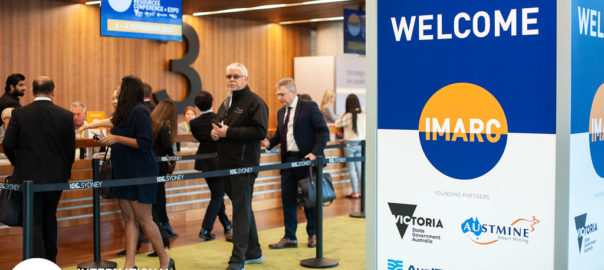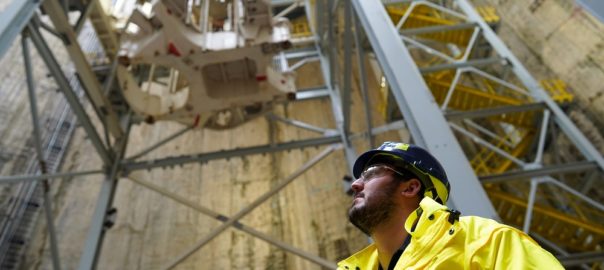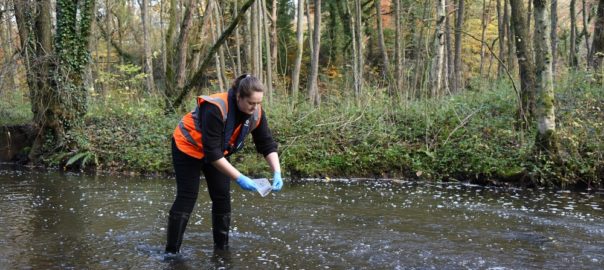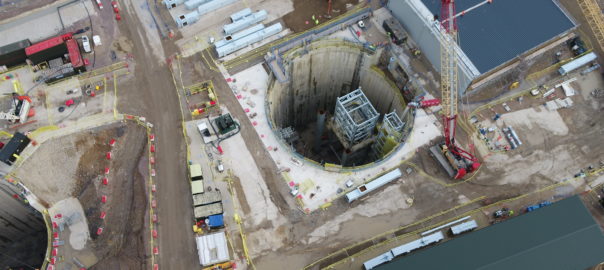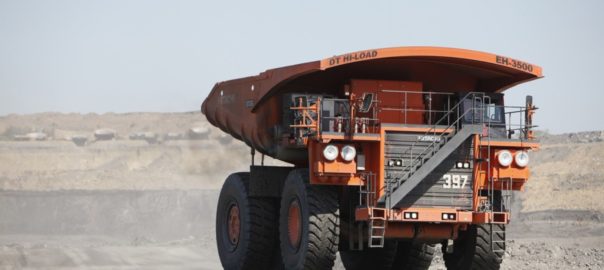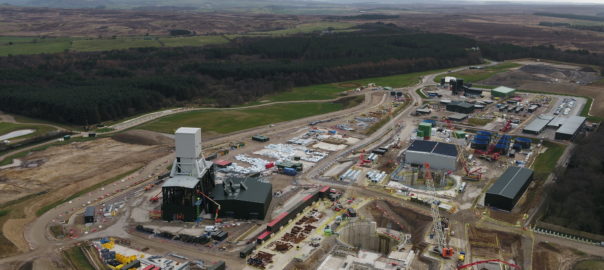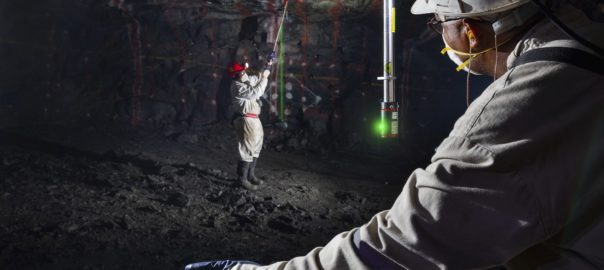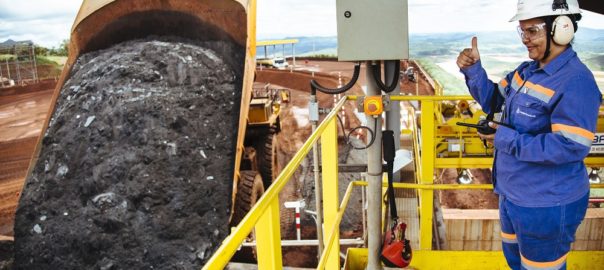The World Economic Forum (WEF) will bring together political and business leaders at a special forum focusing on the global energy transition, and Australia’s role in it, as part of the International Mining and Resources Conference (IMARC) being held in Sydney from October 31-November 2.
The event, consisting of an exclusive roundtable and a panel discussion, will explore the challenge of transitioning to renewable energy while managing the need for low-cost and reliable power generation.
The “Australia Energy Transition Community” roundtable will take place on November 1 for WEF’s mining, energy, finance and public sector members.
It will bring together major players from both the public and private sectors to discuss the opportunities, complexities and realities of the energy transition for Australia. Its aim is to set a clearer pathway forward between the government and the private sector on Australia’s energy transition and critical minerals strategy.
IMARC Conference Director, Sherene Asnasyous, says the WEF initiative highlights IMARC’s role as a key forum to enable the industry to address the issues facing not only Australia, but the global energy sector.
She says IMARC, unlike other industry forums, can bring together stakeholders from across the entire value chain to share their insights, perspectives and solutions on how to achieve a sustainable and prosperous energy future for Australia and the world.
She said: “We are proud that the WEF has chosen IMARC to host this important initiative on the energy transition in Australia. Over its 10 years, IMARC has become the leading forum in Australia to connect industry leaders, politicians, and the broader business community to facilitate conversations to address existential issues facing society.”
Jörgen Sandström, Head, Transforming Industrial Ecosystems at the WEF, will lead the discussion with the hope of better aligning the resource and energy sector across public and private sectors.
Sandström said: “The current paradigm, which we hope to change, is that the energy sector and resource sector, particularly from a government level, operate independently from one another, which results in less effective policy. The transition to renewable energy is a complex challenge that requires a collaborative effort between the public and private sectors and we believe that Australia can lead the world given it’s resource wealth, strong governance systems and highly trained workforce.”
The keynote panel discussion to follow, titled ‘Unlocking Australia’s Energy Transition: From a Global to a Country Perspective’ will feature Sandström and executives from leading mining, energy and finance companies:
- Gillian Cagney: President, Australia and New Zealand (incl. PNG & Mongolia), Worley;
- Andrew Hinchcliff: Group Executive Institutional Banking and Markets, Commonwealth Bank of Australia;
- Sam Crafter: Chief Executive Officer, Office of Hydrogen Power South Australia; and
- Mark Cutifani: Non-Executive Director, TotalEnergies; Senior Independent Director, Laing O’Rourke; and Chair, Base Metals, Vale.
The panel will explore the global trends and challenges of the energy transition, and how Australia can leverage its natural resources, innovation and collaboration to achieve its net-zero emissions target and become a global leader in the green economy.
International Mining is a media sponsor of IMARC 2023 and will be in Sydney to report on the event







